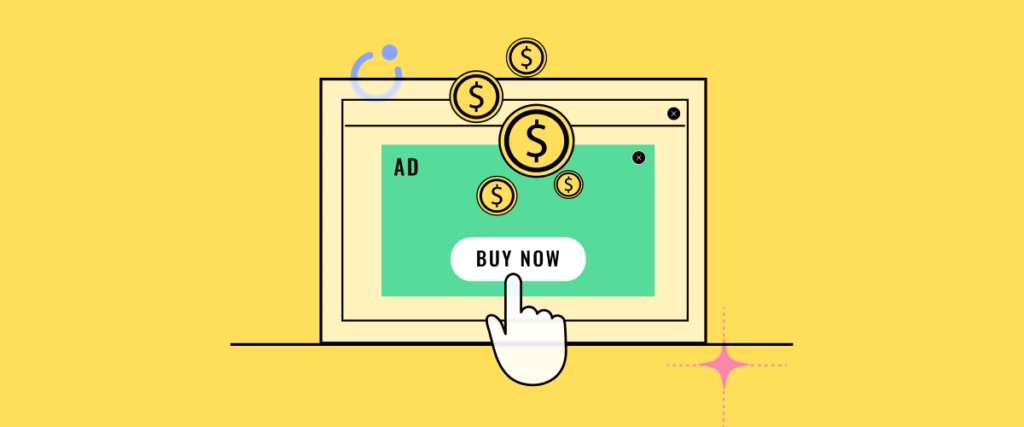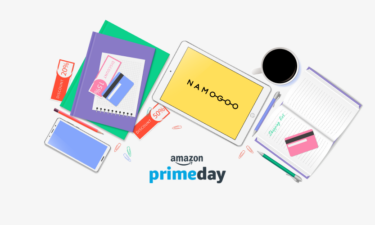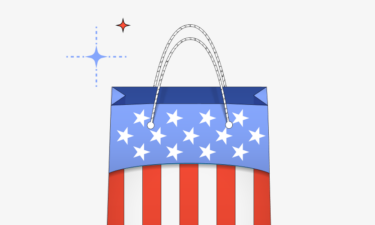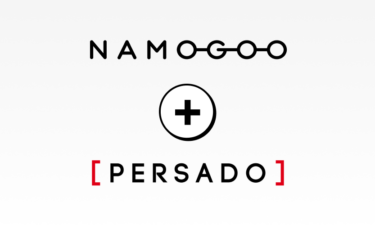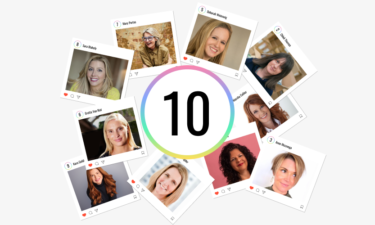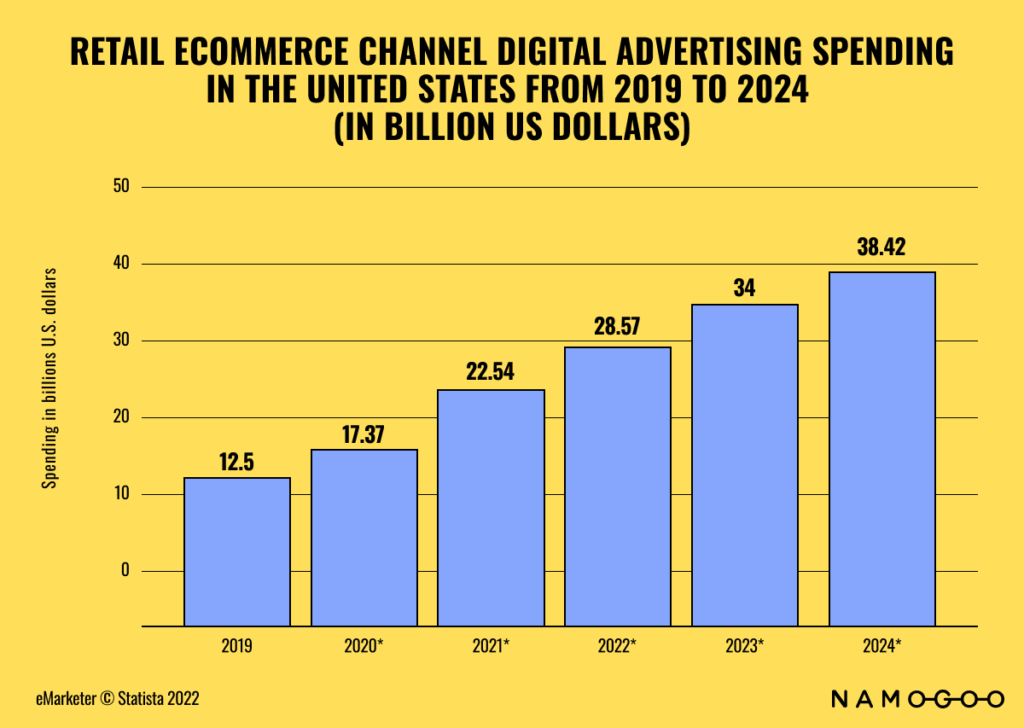
Source: Statista
The Demise of Third-Party Cookies and App Tracking
More consumers are desiring transparency and choice when it comes to how their data is being used. This prompted not only laws and regulations but also changes in how tech and ad giants approach online user activity tracking that’s done mainly through third-party cookies. Firefox and Safari have already phased them out. Chrome, the browser with the largest market share, will remove support for third-party cookies by 2023.
Mobile software is also following suit. Apple’s recent iOS updates are increasing privacy protection and giving users more control. App tracking can be turned on or off, email senders can’t know personal details, and users can see how each app uses their information. As a result, brands and retailers must look for new ways to gather and use data for personalizing the customer journey.
Modern Shopping Journeys are Complex
The customer journey today is much more complex than it used to be. Customers take multiple steps from search to purchase, jumping between devices and creating numerous touchpoints. About 73% of shoppers use multiple channels throughout the customer journey.[*] To keep shoppers on the path to purchase, amid numerous options and distractions online, brands need to deliver shopping experiences that are both relevant and consistent.
With all these factors combined, it’s no surprise that CAC is one of the top three key performance indicators (KPI) of eCommerce leaders this year. Together with average order value (AOV) and conversion rate optimization (CRO), the focus of brands and retailers is clear: maximizing profits.
So, how can you get the most out of the customer once you’ve got them on any of your online channels—especially, your site? How can you make sure they complete their journey and purchase?
5 Strategies for Getting the Most Out of Your Acquisition Costs
As customer acquisition costs become pricier, it’s important now more than ever to ensure that you don’t lose shoppers once they reach your site. Here are five strategies to make sure your spending on marketing and ads to obtain customers is worth it.
1. Ensure Seamless Product Discovery from Search to Purchase
From across the street to a social media feed, purchase inspirations can strike shoppers anywhere, and your brand must be ready once they show intent to buy. After successfully bringing in your shoppers from, let’s say, an external search engine or one of your ads, here are a couple of things you should do to ensure they won’t leave as fast as they arrive.
- Connect shoppers to the right products as easily as possible. On average, it takes just 15 seconds for users to stay on a website.[*] So, it’s crucial to quickly surface the right products consumers have in mind. In addition to having a robust on-site search, it can be worthwhile to optimize your navigation, homepage product collections, filters, and visual merchandising strategy. A product finder quiz can also help shoppers narrow down your products into a select few that already match what they could be looking for.
- Suggest complementary items to increase AOV. Advanced recommendation engines implemented as “complete the look” and “you may also like” can highlight your shoppers’ individual preferences based on their previous and real-time intent. Keeping shoppers engaged while inspiring them to add more items to their carts at strategic places on your site including product detail pages (PDP) and shopping carts can result in better AOV.
- Remove dead ends on your site. From 404 error pages to out-of-stock items, dead ends are frictions that can derail shoppers from finishing their shopping journeys. Make sure there are no dead ends on your site by checking that all links work or are redirected to a live page. You can also ensure that selected filters don’t return zero results. In case of product availability, always suggest similar alternatives to keep customer journeys ongoing.
2. Nurture the Customer Across Social, Email, and SMS Marketing
Getting shoppers to buy is no longer as straightforward as it seems. Beyond your site, several channels are now involved in the end-to-end customer journey. These create several touchpoints that require both consistency and relevance to successfully keep your shoppers interested in your brand. Done right, you can leverage social, email, and SMS marketing to hit multiple customer acquisition goals.
- Keep shoppers in the loop. Launching a new product? Partnering with a social cause? Putting up items on sale? Your brand has a lot of updates that can spark the interest of your shoppers. Make sure to post relevant updates on your social accounts, invite site visitors to subscribe to your newsletter, and send bite-sized text messages to keep your brand top of mind of shoppers.
- Solve cart abandonment. Globally, 69.8% of digital shopping carts are abandoned.[*] By sending email and/or SMS at the right time and with the right offer, you can encourage shoppers to go back to your site and complete their purchase.
3. Use Intent-Based Data to Deliver Personalized Promotions
Shoppers going to your site are driven by different goals at any given time. Some will have high intent, zeroing in on products that they’re sure to buy. Others are just browsing around and seeing if something sticks. The various motivations of shoppers require the appropriate incentives not only to complete customer journeys but also to maximize your profits.
Intent-based promotions considers each visitor’s intent in real-time to ensure that brands offer the minimum promo needed to complete the purchase. This individualized approach to offers presented to shoppers ensures that you don’t overdeliver to those who are already in buying mode. At the same time, you can refocus your funds on those who need more push to buy. By doing so, you’re not only delivering shopping experiences that are personal and relevant to your shoppers’ real-time context, but also optimizing your promo campaigns in a cost-effective way.
4. Sprinkle trust signals throughout the customer journey
Lack of customer trust in eCommerce is a source of friction in the shopping journey, and this is particularly true for big-ticket verticals like furniture and jewelry. Unlike in brick and mortar retail where the physical presence and personal touch of in-store staff are enough to convince shoppers to make a purchase, eCommerce brands need to take extra steps to establish trust and confidence.
- Include product reviews. Just after price, 53% of shoppers consider reviews to have an impact on their willingness to trust a brand.[*] Third-party endorsements can add authenticity and credibility to your products, so make sure to add them to sections on your site that matter. These can include the bottom section of the homepage, PDPs, and even editorial content.
- Feature real-life media content. Many customers are visual shoppers, and noticing real people using your products builds instant connection and relatability. Photos and videos can even work better than just text. You can add a filter for reviews to only show ones with media. You can also include user-generated content from social in your product images to help convince users as they explore your items.
- Ensure privacy policy is clear, visible, and communicated. As privacy concerns grow, it’s become a best practice to always communicate how your brand tackles user data to your customers. Make sure to have an easy-to-understand privacy policy that’s accessible on your site. It’s also significant to inform shoppers of any changes made to your policy and how these changes specifically impact them.
5. Create a Frictionless Checkout and Fulfillment Process
The end of the customer journey is critical because this is where payments and last-minute doubts can occur. A small inconvenience can easily result in total abandonment of the customer journey. In addition to ensuring that there are no price jumps—typically because of additional delivery fees—that might surprise shoppers, here are other ways you can guarantee conversion in the end.
- Highlight value to shoppers. Remove doubts and give that last push to say yes to buying by focusing your shoppers’ attention on the good things that come with their purchase. It could be the amount saved from discounts, the quick delivery time, or the experience of using your products.
- Optimize for speed. Having an issue during checkout, for instance, a page freezing while the payment is ongoing, can impact confidence in your brand. So, in addition to narrowing down the checkout process into a couple of steps, it’s also important to ensure that everything runs fast. It takes only three seconds for 53% of mobile users to abandon a slow-loading site.[*]
Bonus: Boost Continuous Engagement and Loyalty Programs
Got your customers to convert? Great! To ensure that your ROAS not only sustains but also increases, the next step is to strengthen your brand’s relationship with customers. There are several ways to boost stable customer engagement. You can build a strong community of brand advocates to keep conversations flowing. Loyalty programs are a must to not only incentivize shoppers to buy again but also to celebrate your high-value customers. The key is to create relevant interactions so the customer journey cycle, or in other words, your connection with customers, doesn’t break.
Why Digital Journey Continuity is Important
It’s getting more expensive to acquire customers, and it shows no signs of stopping. With the increasing competition, cost of digital advertising, user data protection, and complexity of customer journeys, ensuring shoppers complete their purchases is a sure way to get returns on spend. How do you do that? By optimizing your online channels to support digital journey continuity.
From promoting seamless product discovery to frictionless checkout, the first half of the equation is to guide shoppers from the first moment they show interest in your products until they make a purchase. Here you can do several strategies including building trust and delivering intent-based promotions. The second half is to build meaningful relationships with customers to do it all over again, resulting in repeat purchases and improved customer lifetime value.
At the end of the day, it’s all about keeping the customer journey cycle going. With digital journey continuity, your relationship with customers stays intact and valuable for both sides, and this contributes to a healthy bottom line.



